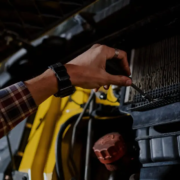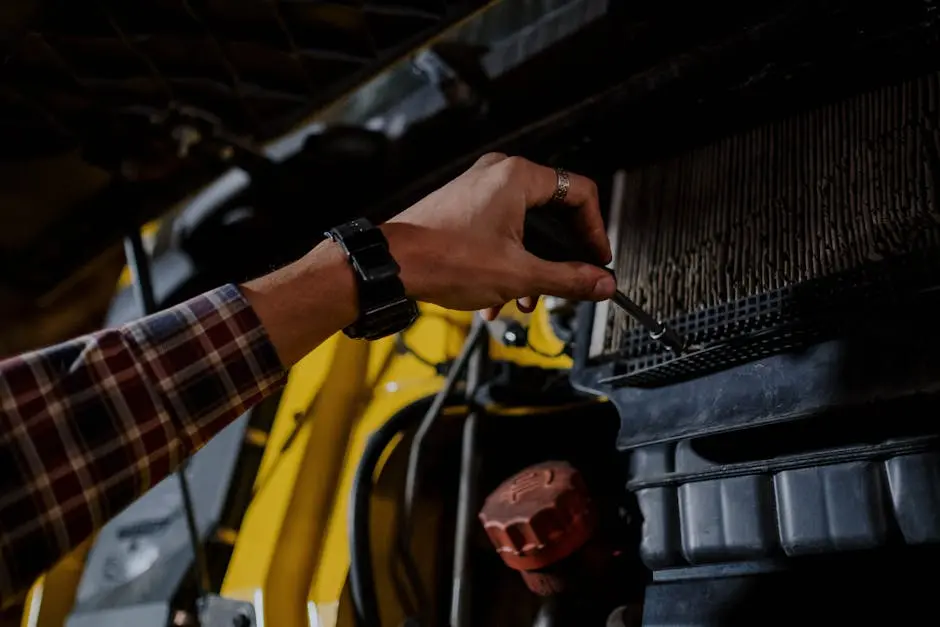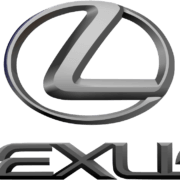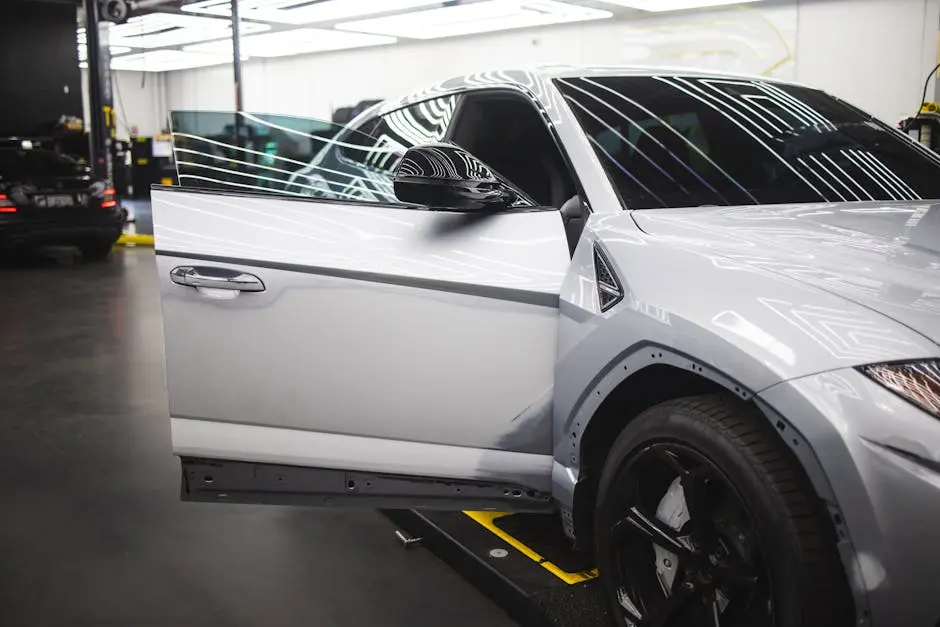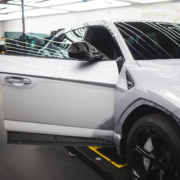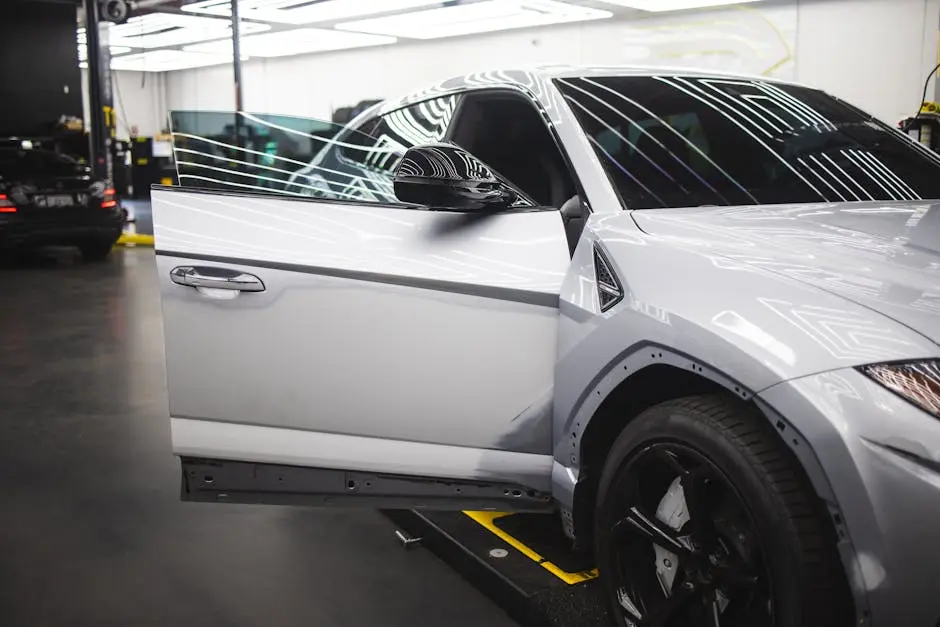Hail, Wind, and Flood: Comprehensive Collision Repair for Storm-Damaged Vehicles
Severe weather conditions like hail, wind, and flooding can cause significant damage to vehicles, leaving owners feeling lost and overwhelmed. Understanding the steps required for effective collision repair can help you navigate the recovery process. In this blog, we’ll discuss the types of storm damage you might encounter and the best practices for restoring your vehicle to its former glory.
Understanding Storm Damage: Types and Effects
When severe weather strikes, vehicles often bear the brunt of nature’s fury. Different types of storm damage can affect your car, and understanding these can help you take appropriate action. Hail, for instance, can leave unsightly dents on your car’s surface, while powerful winds can cause falling branches or debris to wreak havoc on your windshield. Even ordinary rain can lead to flooding, which may inflict severe damage to a vehicle’s electrical system and interior.
The impact of hail varies depending on its size and the speed of the storm. Golf ball-sized hail can create considerable pitting across the vehicle’s metalwork, while smaller hail may only cause superficial dents. Flooding, however, presents an entirely different set of challenges. When water levels rise, even a few inches can soak carpets, damage seats, and ruin electronic components. Recognizing these types of storm damage is essential, as it lays the foundation for effective repairs.
Wind can also damage vehicles in unexpected ways. Windborne debris, such as branches or signs, can break windows and dent hoods. In areas prone to heavy winds, owners may notice paint damage and scratches, which can lead to rust if left unattended. Whether it’s hail, wind, or floods, every type of storm damage requires a tailored approach to repair, ensuring that your vehicle remains safe and reliable.
Identifying Damage After a Storm
In the aftermath of a storm, the first step to recovery is thoroughly inspecting your vehicle. Begin by assessing the exterior for visible dents and scratches, especially if hail has fallen. Take your time looking over every inch of your car—sometimes, small dents may not be visible at first glance. Pay special attention to vulnerable areas like bumpers and the roof, as they often sustain the most significant damage.
Next, examine your windows and windshields. Cracks or chips can compromise your visibility while driving, and ignoring these issues may lead to more extensive repairs down the line. If you find any damage, consider marking it with tape to visualize its size and progress over time. Don’t forget the interior either; damp carpets or a mildew smell might suggest water leaks that need urgent attention.
Lastly, it’s crucial to check the mechanical components of your vehicle. Look for any warning lights on the dashboard and listen for unusual sounds from the engine. Even if the exterior appears relatively unscathed, water can damage electrical systems and sensors. If you’re unsure about any aspect of the inspection, it’s wise to consult a professional—early detection can save you from costly repairs later on.
The Importance of Timely Repairs
When your vehicle suffers storm damage, the clock starts ticking. Delaying repairs can worsen the extent of the damage significantly. For instance, a small ding from hail can turn into a rusting spot if left untreated. Beyond aesthetic concerns, mechanical issues emerging from storm damage may escalate into safety hazards for you and your passengers.
Rust is one of the most serious consequences of neglecting storm damage repairs. Exposed metal can corrode quickly when combined with trapped moisture after a storm. Additionally, flooded vehicles may experience electrical failures, which are notoriously tricky and expensive to fix. By prioritizing timely repairs, you not only safeguard your vehicle but also ensure a safe driving experience.
Another key point is that insurance claims often have deadlines. If you wait too long to document damage or file a claim, you may forfeit your chance for coverage. Contact your insurance provider immediately after a storm—this proactive approach can help streamline your claim process.
Choosing the Right Collision Repair Shop
Selecting a reputable collision repair shop is crucial for ensuring that your storm-damaged vehicle receives the best possible care. Start by researching local shops and reading customer reviews. Word of mouth from friends or family can also guide you to trustworthy options. A highly rated shop with a proven track record can make all the difference in the quality of repairs.
When you visit a repair shop, take note of its cleanliness and organization; a well-run shop often reflects the quality of work you’ll receive. Don’t hesitate to ask questions about their repair processes, certifications, and warranties. A good repair shop should be transparent about how they assess damage and the steps they take to ensure repairs meet safety standards.
Remember to get estimates from multiple shops. Comparison can help you understand the market and ensure you’re not overpaying. However, don’t base your decision solely on price; opting for the cheapest option may lead to inferior repairs that compromise your vehicle’s safety and value.
The Collision Repair Process Explained
Once you select a collision repair shop, the repair process begins with a thorough inspection. Skilled technicians will assess the extent of the storm damage and create a detailed estimate outlining necessary repairs. This phase is vital; a comprehensive evaluation ensures that all issues are addressed, avoiding headaches down the road.
After the inspection, technicians will begin the repair process, which could involve a combination of services such as paintless dent repair for hail damage, glass replacement for broken windows, and extensive bodywork for deeper dents and scratches. Each step in the process aims for a seamless restoration, matching the original factory finish.
Additionally, if your vehicle was flooded, professionals will likely conduct thorough cleaning and drying of the interior, along with testing the electrical systems to prevent long-term issues. Repairing storm-damaged vehicles goes beyond aesthetics; it’s about ensuring safety and functionality are restored to their original levels.
Insurance Coverage for Storm Damage: What to Know
Navigating insurance coverage for storm damage can sometimes feel daunting, but understanding your policy is crucial. Most auto insurance policies cover damages caused by severe weather, but specifics may vary. Generally, it’s essential to understand the difference between comprehensive and collision coverage. Comprehensive coverage typically includes storm-related damage while collision coverage addresses damages from accidents.
When assessing storm damage, promptly document everything. Take clear photographs of the damage, as well as any relevant conditions before repair. Reporting your claim as soon as possible is equally important; many insurance companies have strict timelines for submitting claims. Keep in mind that your deductible is another factor—some policies may have separate deductibles for comprehensive claims that differ from standard collision claims.
After filing your claim, your insurer may send an adjuster to assess the vehicle. It’s crucial to maintain open communication with both the repair shop and your insurance company throughout the process to ensure your vehicle is appropriately cared for and that your claim is processed as smoothly as possible.
Preventative Measures for Future Storms
While storms are unpredictable, there are measures you can take to protect your vehicle in future weather events. Start by utilizing garage space if available, as this is the most effective way to shield your car from hail and debris during a storm. If parking indoors isn’t an option, look for covered parking or create makeshift barriers to minimize exposure.
Another useful tactic is to invest in a high-quality car cover that can withstand hail impacts and shield against wind-related debris. These covers can provide an extra layer of protection that might save your vehicle from requiring extensive repairs after the storm passes. However, ensure the cover is designed for wind resistance to avoid it being blown away during severe weather.
Additionally, stay informed. Monitoring local weather forecasts can help you prepare better for imminent storms. When severe weather warnings are issued, take proactive steps to safeguard your vehicle. A little foresight can go a long way in preventing damage and keeping your vehicle safe.
Recap and Key Takeaways for Vehicle Owners
Repairing storm-damaged vehicles requires attention to detail and expert knowledge. By understanding the nature of the damage and exploring the repair options available, you can protect your investment and ensure your vehicle remains safe and functional.





